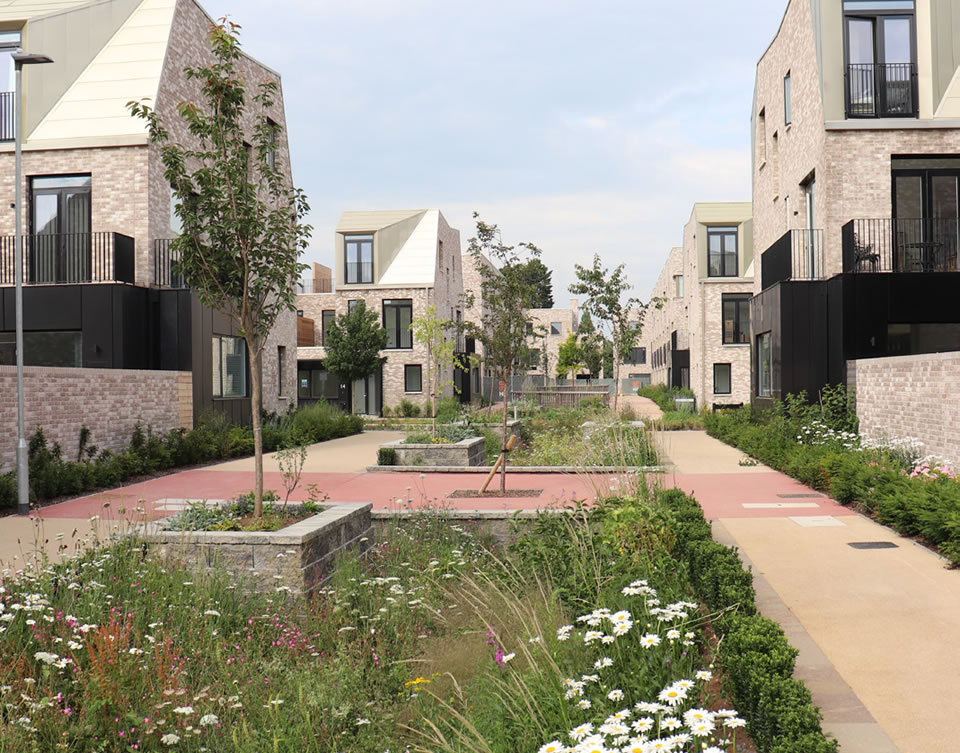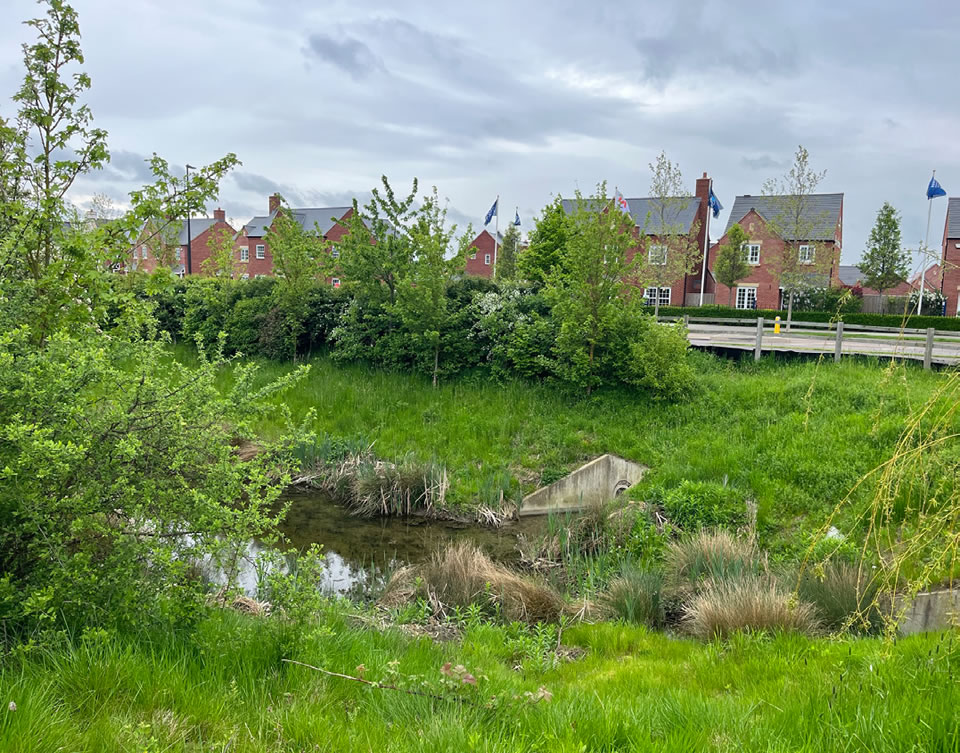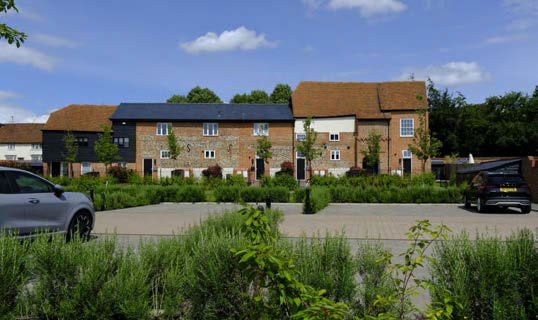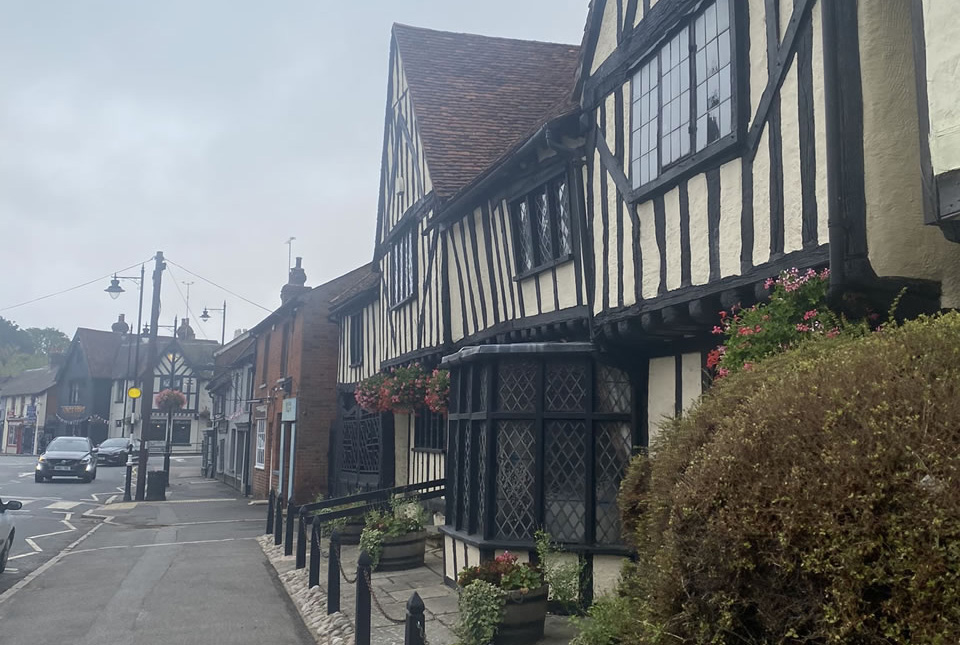Context
The National Design Guide states that an understanding of the context, history and character of an area must influence the siting and design of new development. This context includes the immediate surroundings of the site, the neighbourhood in which it sits and the wider setting.
This includes:
C1: Understand and relate well to the site, its local and wider context
C2: Value heritage, local history and culture.
Context Expected Outcome C1
Understand and relate well to the site, its local and wider context
C1.1 Proposals for new development must demonstrate an understanding of the context of the proposed site by analysing key contextual features such as its topography and geology, the landscape and natural features, boundary features, the layout of streets and buildings and typical form and details.
C1.2 Based upon the undertaken analysis proposals should describe the existing and local positive features of the proposed site and its surroundings and explain how these have influenced, and will influence, the design of the proposed place.
Context Expected Outcome C2
Value heritage, local history and culture.
C2.1 Development must identify and demonstrate a detailed understanding of the significance of heritage assets within and adjacent to development sites at the earliest opportunity.
C2.2 Developments must agree detailed and sitespecific positive approaches to individual heritage assets and historic features that are located within development sites.
C2.3 Proposals for new development must demonstrate an understanding of the history of the place, how it has changed and influenced the context.
C2.4 Proposals should seek to use development as an opportunity for people to engage with historic sites, landscapes and buildings, in addition to responding to local culture and vernacular.
C2.5 Place-shaping through new development must therefore embrace heritage assets and harness their inherent qualities to enhance new places whilst preserving their special significance and value.
C2.6 Proposals must demonstrate an engagement with heritage professionals and local communities to ensure clarity on how their values are taken into account.
C2.7 Developments must outline their alignment all relevant Historic England guidance and Advice Notes (HEANs), and Good Practice Advice (GPAs).
C2.8 Developments must outline their approach to maintaining settings of heritage assets in/near new developments. This includes preserving key views Churches and other landmark buildings.
C2.9 Proposals must also outline how they will create new viewpoints of churches and other landmarks within the development.
C2.10 Identifying important views and settings of heritage assets should derive from Uttlesford Places and Historic England’s GPA 3 – Setting and Views.
Building in Context
C2.11 New development proposals should consider the specific historic context of the development site and what particular elements are dominant or pivotal to local character
C2.12 Proposals must outline local characterbased opportunities, using existing design cues (see section 3 Uttlesford Places), to integrate these features into the design of the scheme.
C2.13 Applicant must demonstrate how new developments establish an appropriate relationship with the pattern of existing development and routes.
C2.14 Conservation area appraisals, village design guides, historic area assessments, etc. all provide background information to support the identification of key characteristics of areas and should be referenced in the development of proposals affecting the historic environment.
Heritage Statements
C2.15 Heritage Statements should contain the following information:
- Identification of heritage assets potentially impacted by the development (designated and/or non-designated)
- Statement of Significance of all heritage assets identified (this should include any contribution that setting makes to this significance)
- Assessment of development’s impact on the significance of heritage assets (including impact on setting and how this affects the significance)
- Description of any heritage (public) benefits arising from the development (see section 16 of the NPPF - Conserving and enhancing the historic environment).
- Summary of impact including identification of level of any heritage harm (substantial or less than substantial) and assessment against relevant national and local planning policy and the statutory duty to preserve or enhance if listed buildings and/or conservation areas are impacted.
- Where possible make reference to existing conservation area appraisals, village design guides and statements).
Page updated: 20/07/2023





